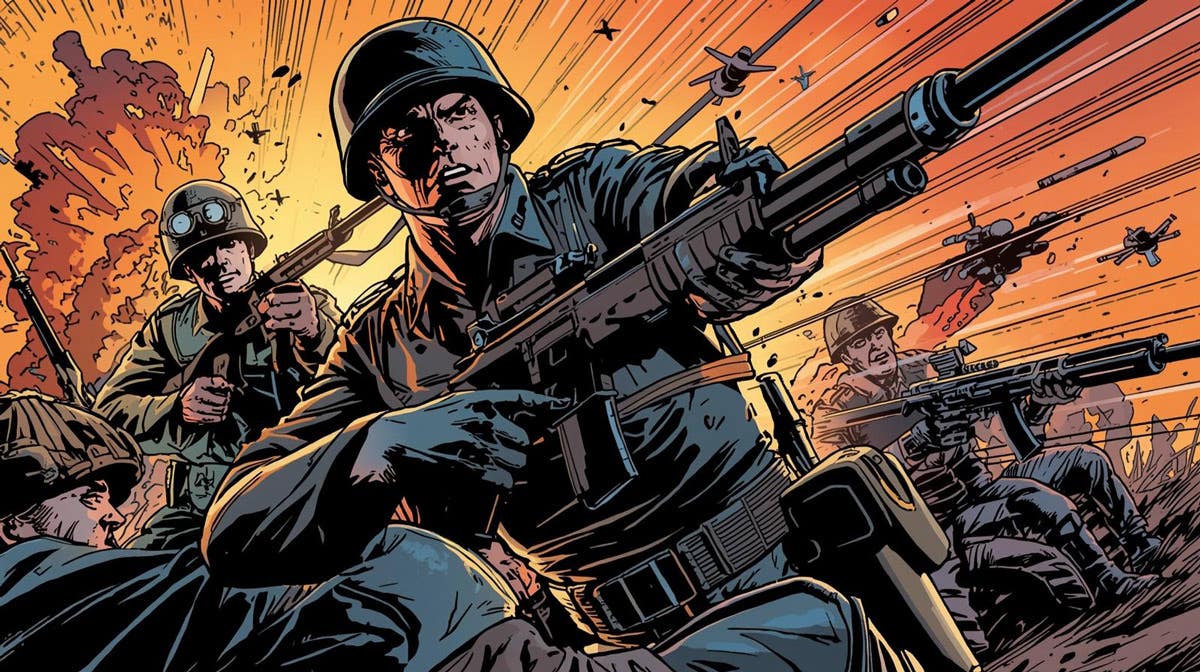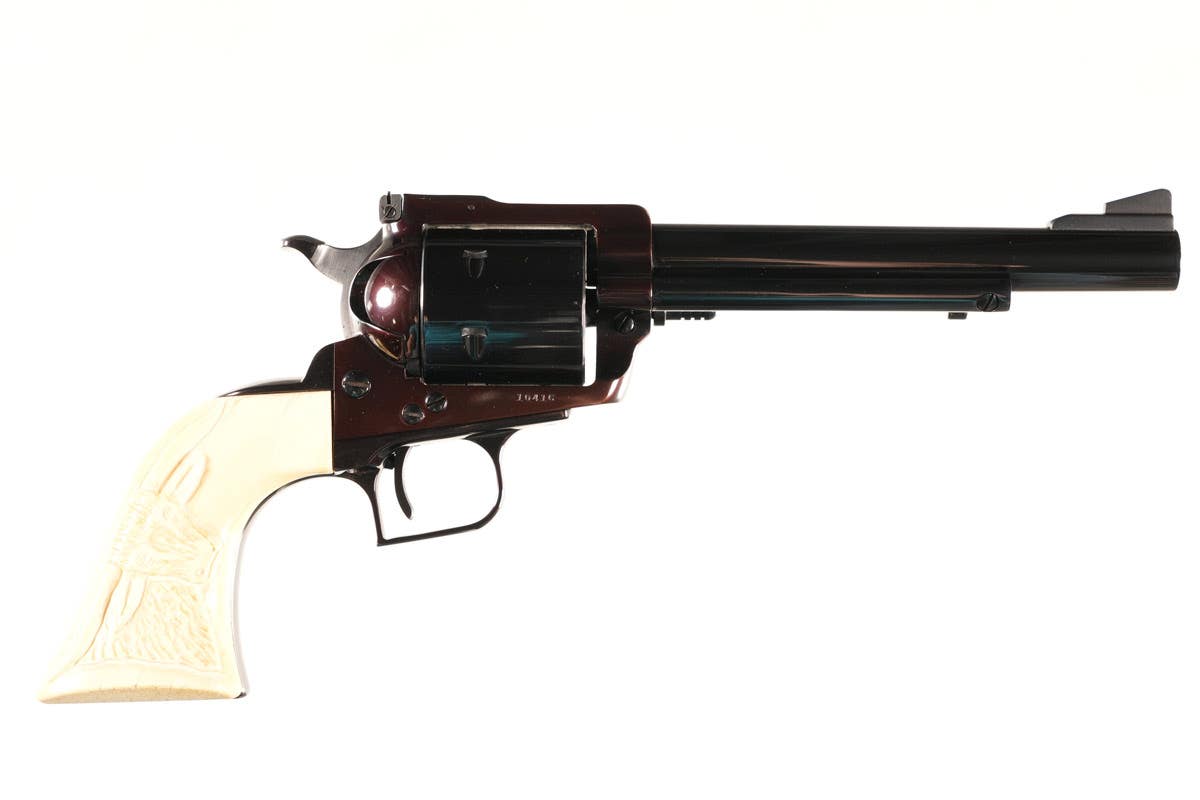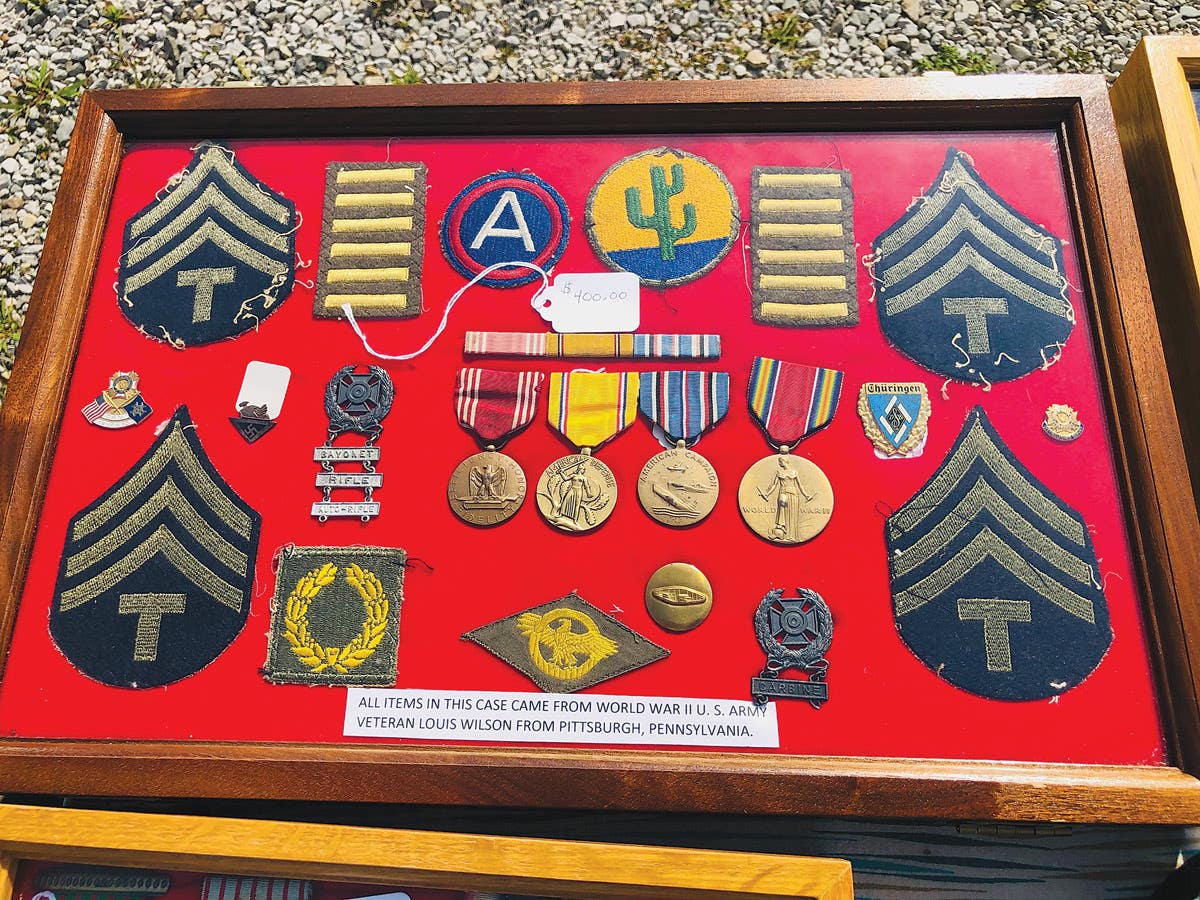The Mammoth Book of Special Ops
First published in the U.K. in 2006, a quick scan of the contents page says this collection has the potential to live up to its subtitle: “The 40 Most Dangerous Special Operations of Modern Times.”
The Mammoth Book of Special Ops, edited by Richard Russell Lawrence (ISBN-13: 978-0-78671-826-9 & ISBN-10: 0-7867-1826-9, Carroll and Graf (Avalon Publishing Group, Inc.), 245 W. 17th Street, 11th Floor, New York, NY 10011-5300, Website: www.carrollandgraf.com. Softcover, 5 3/16” x 7 ¾”, 498 pages, 15 pages of maps and operational diagrams, 2007, $13.95).
First published in the UK in 2006, a quick scan of the contents page says this collection has the potential to live up to its subtitle: “The 40 Most Dangerous Special Operations of Modern Times.” With missions shown in the contents from as recent as 2005 and 2006, any student of special operations forces would be enthusiastic about sitting down with it—with declassifications sometimes only coming decades after an event. Unfortunately, that enthusiasm quickly wanes once the stories begin. The very first story relating the discovery of an underground arms and ordnance cache in Iraq—an unguarded cache. Yawn…
The missions are told as stories and appear as separate ‘chapters,’ some of which are only 2-3 pages in length. The initial optimism of being able to glean operational and historical information from the stories also fades when after the second chapter, the contents page is completely useless. None of the stories past the second one appear where they are supposed to, so using the page as a ‘quick reference’ is out of the question.
In the most favorable light, this collection of stories is entertaining. The book is a quick read and would be worth the purchase to anyone that does not already have a fundamental knowledge of special operations. To the student of special operations or military history however, the experience turns from enthusiasm to exasperation. While it can easily be overlooked and accepted –the British propensity of adding letters to words (honour vs. honor; storey vs. story; etc.)- what cannot be accepted are typos within direct quotes, important mission details being omitted from the story and the frequent lack of proper military unit nomenclature.
Citing 20 sources on a bibliography page, quotes are shown as indented sub-paragraphs with the respective author identified, but not footnoted to the actual source. Five stories alone come from Franklin D. Miller’s Reflections of a Warrior. Typos within quotes are often viewed as disrespectful to the author and to read “…they ran down the dope.”[sic] and “…put through a meal grinder.”[sic], would surely make CSM Miller (MOH) quite upset –had he been alive to read it. Having met with Miller on a few occasions, he was not prone to making careless mistakes (such as this), nor was he one you would want to be upset with you!
Omission of mission details, such as in the ‘Blackhawk Down’ chapter, is neglectful and proves to be shameful. The voluntary sacrifice of SFOD-D (Delta Force) snipers Gary Gordon and Randy Shughart to protect the life of SOAR (Special Operations Aviation Regiment) pilot Michael Durant (and their posthumous Medals of Honor) is not deemed important enough to include. While other omissions are noted within the collection, this is the most glaring –and in total lack of respect for their selfless act. Details are what make up military history, and to not include them would suggest that the publisher should remove “Military/History” from the spine of the book and replace it with “Entertainment.”
Unit nomenclature, not only used for identification purposes, has the function of brevity. For some reason, Lawrence has chosen to spell out most of the unit designations within the book: “…first battalion, Five Hundred and Fifth Parachute Infantry Regiment (1/505), Eighty-Second Airborne Division”. While it is acceptable to spell it out for the initial reference, subsequent mentions should be abbreviated to simply: 1/505, 82 ID (ABN). Lawrence does this so often that it seems as though the length of the work could have been reduced by 50 pages had he utilized the brevity function of unit nomenclature. Other abbreviation guffaws and typos abound, such as: FOAC for Forward Air Controller (FAC), “at Qaeda” vs. “al Qaeda” and one of the operations supposedly occurred on the date of June 31! While all of the typos seemingly have been okayed by a ‘spell check’ function, Lawrence has overlooked yet another important function of an editor: proof reading. At least within the scope of this work, Lawrence should have been more appropriately named as the “compiler” rather than the “editor.”
In the final analysis, unless one has some time to kill at the local bookstore, one’s mission of military education (vs. entertainment) can be summed up for this book as: avoid contact, plot coordinates, call for fire, continue mission. — Barry D. Holtan
Established in 1993, Military Trader is dedicated to the collecting preservation, restoration, study, and display of historic military artifacts. Spanning interests from military uniforms to medals, or helmets to ordnance and weapons, Military Trader is your best source for in-depth techincal articles, artifact profiles, product and hobby news, current values, and show and auctions calendar.








